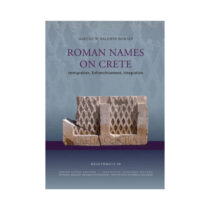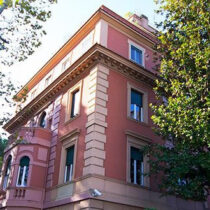The settlement of Poliochni, situated on a small precipice hill overlooking the sea on the eastern coast of the island of Lemnos opposite Troad, is one of the most significant sites of the Early Bronze Age in northern Aegean. Systematically excavated in the years 1931-1936, 1951-1953 and 1956 has, since 1985, become the objective of a wide restoration and exploitation campaign which, starting back from 1990, is also offering the possibility of re-examining the archaeological data. Being originally a village of huts in curvilinear plan, it substituted for an urban settlement, with megaron-type houses and imposing public buildings, whose inhabitants had a remarkable knowledge of metal work techniques. The settlement, surrounded by magnificent walls, was occupying the slope of the hill for almost the entire third millennium B.C., though less consistent traces indicate a more sporadic inhabitation even during the second millennium. The archaeological data prove as certain the relations of Poliochni with Troy and the other centers of the Troad, the northern Aegean, the Cyclads, in a major degree, as well as with important centers of mainland Greece. The necropolis of the settlement has not been located as yet, however, the intramural burials, not only of children, reveal an established ceremonial, rich in socio-cultural significance.
Poliochni
09 Aug 2012
by Archaeology Newsroom
- A
- A
- A


